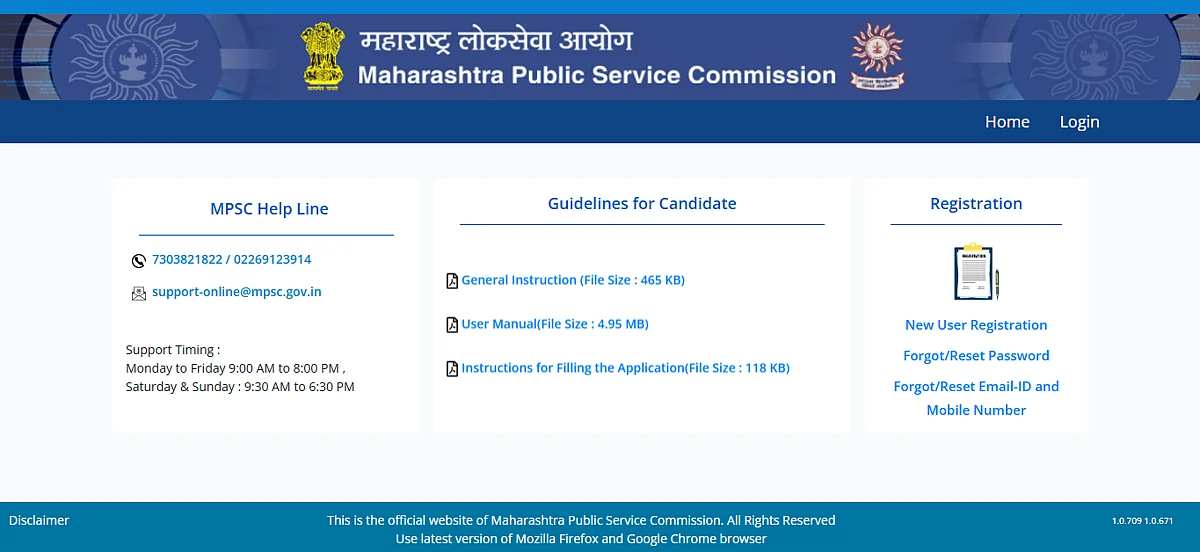Remember the days when a home seeker would only confirm the overall size and number of rooms within the apartment? With the millennium change, that aspect began to change rapidly. Over the years, the real estate market progressed to a stage where certain lifestyle amenities — internal and external — were considered enough to draw home seekers to a project.
However, during the past few years, the ‘new normal,’ which is also termed the post-pandemic era,’ completely transformed the wish lists from home seekers as compared to the earlier scenario. The question being asked was modified to, ‘If we had to spend months and months within the project hardly ever stepping out what should it offer?’
What is the minimum that people now expect from a project to even consider going for a site visit? What would it need to provide in order to justify taking the rest of the family along and seriously evaluating it as a possible residence going forward? Questions that were never raised before became part of a basic checklist.
Today, offices are mostly working in full swing and work from home is just a fond memory. Most educational institutions are in offline mode. Still, it is not that easy to let go of the attributes that were envisaged as minimum benchmarks for an ideal residence. Be it a theme project or comprehensive facilities like academic institutions or office spaces within the premises, all of them matter.

The decision makers don't mind a few inconveniences as long as their aspirations for a desired quality of life are being met. A project which manages to exceed these expectations can easily find itself witnessing visits from home seekers across the MMR just because it has that special tag or label which sets it apart from the others being offered across the spectrum.
Privacy matters so the number of rooms is important; their sizes can vary, nobody questions that beyond a point. Similarly, the way certain family members would spend most of the day in office or school/ college/ coaching classes, the new-age residential projects need to have space for community gatherings and all sorts of online plus offline interactive platforms.
As longest there is something available for one and all across age groups and generations, all is well! Expectedly, peripheral locations have been gaining preference. Certain areas of the Mumbai Metropolitan Region (MMR) such as the western suburbs, such as the Goregaon-Dahisar belt and beyond up to Virar, have evolved into hotspots for luxury housing, which was not the case earlier.
From a scenario where this zone was well-known for affordable or entry level houses, today people who were once settled in prime Central or South Mumbai locations have begun to consider projects in these places. There has been a lot of migration from the island city to the suburbs and extended suburbs for a variety of reasons.

With rentals in Mumbai rising day by day and skyrocketing property prices, satellite cities like Kalyan-Dombivli, Ambernath-Badlapur or emerging areas like Karjat-Titwala are experiencing lot of buyer interest as well. The scope for owning a home and living in more spacious residences could be one of the main reasons driving the shift in this direction.

Many people are finally making the transition from rental accommodation to owning a home, whereas others are moving to a larger apartment as they need more space. With their children growing older and getting married, they now have to contemplate the additional requirements for the upcoming NextGen in the near future. Senior citizens have to vacate their official quarters after retirement too.
The quantum of real estate development is also immense, with a lot of established developers moving on to these locations, adding huge townships to the already developed real estate projects by the local developers. This has accelerated the overall pace of development and ensured the critical mass of population required to ensure the much-needed holistic real estate growth.











